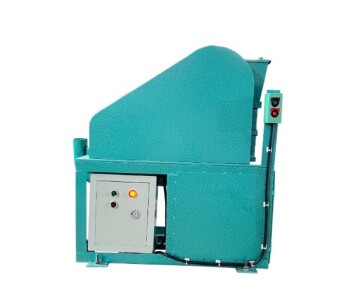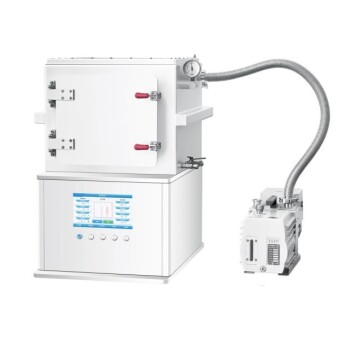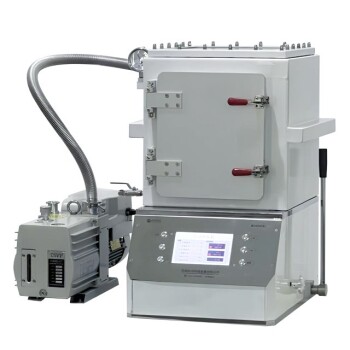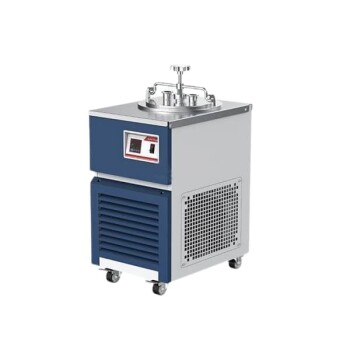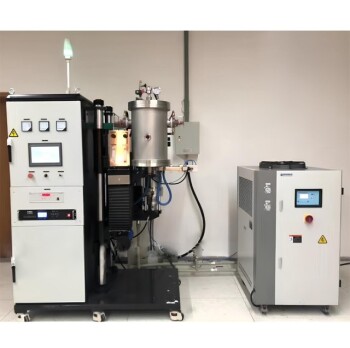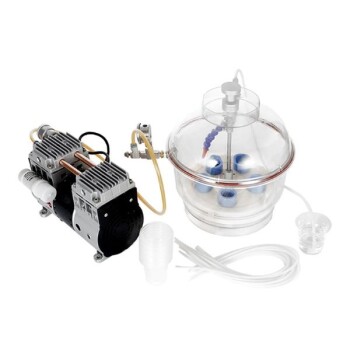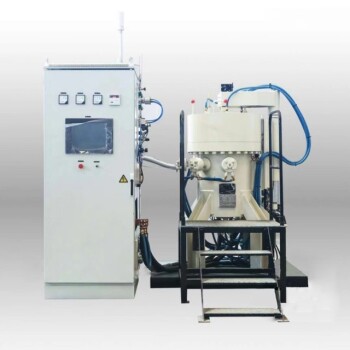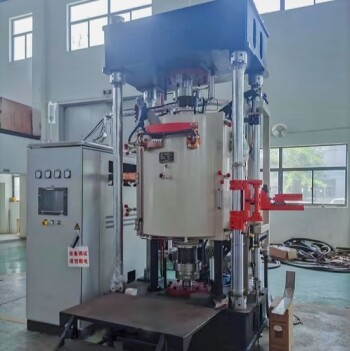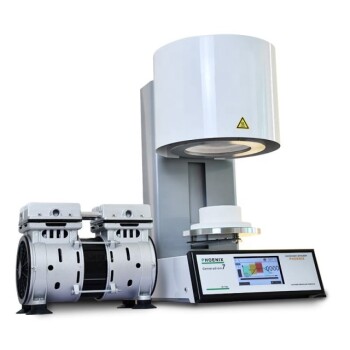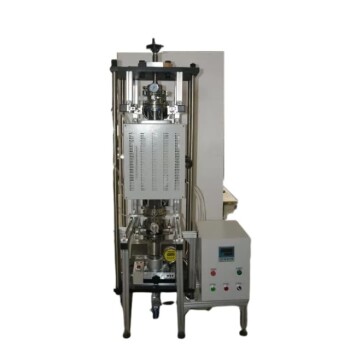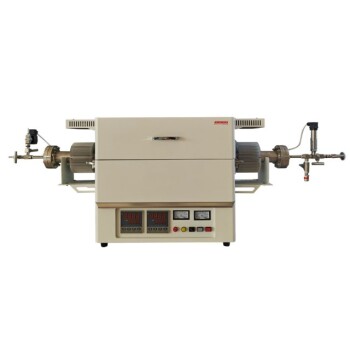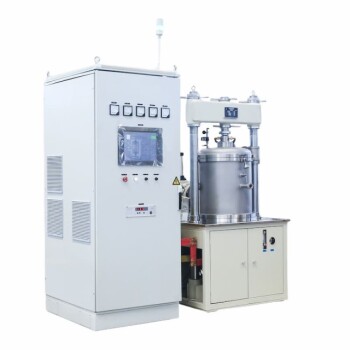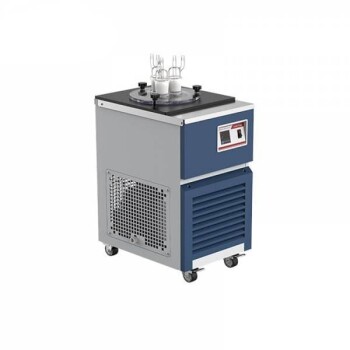The freeze-drying process, also known as lyophilization, is a dehydration technique that preserves perishable materials by removing water content while maintaining structural integrity. It involves three primary stages: freezing, primary drying (sublimation), and secondary drying (desorption). Each stage plays a critical role in transforming a liquid or semi-solid sample into a stable, dry product with minimal damage to its biological or chemical properties. This method is widely used in pharmaceuticals, food preservation, and biotechnology due to its ability to extend shelf life while retaining product quality.
Key Points Explained:
-
Freezing Phase
- The sample is cooled below its triple point (the temperature/pressure where solid, liquid, and gas phases coexist) to ensure complete solidification of water.
- Rapid freezing (often at -40°C to -80°C) creates small ice crystals, which is crucial for preserving cellular structures in biological samples.
- This phase determines the final product's porous structure – slower freezing creates larger ice crystals, while faster freezing yields smaller crystals.
-
Primary Drying (Sublimation)
- A vacuum is applied to lower the chamber pressure (typically 0.1-0.6 mbar), allowing ice to transition directly from solid to vapor without passing through liquid phase.
- Temperature is carefully raised (but kept below the sample's collapse temperature) to provide energy for sublimation.
- About 95% of total water content is removed during this phase.
- The condenser (maintained at -50°C or lower) captures the water vapor, preventing it from returning to the sample.
-
Secondary Drying (Desorption)
- Temperature is gradually increased (often to 20-50°C) to remove bound water molecules that weren't frozen during the initial phase.
- This step reduces residual moisture content to optimal levels (typically 1-3%).
- The process continues until the product reaches the desired moisture level, which can be monitored through pressure measurements or product temperature.
- The result is a stable, porous matrix that can be easily rehydrated when needed.
Understanding these stages helps purchasers evaluate freeze-drying equipment capabilities, as different applications may require variations in temperature control, vacuum strength, or drying duration. For pharmaceutical applications, precise control over all three phases is critical to maintain drug efficacy, while food applications might prioritize throughput and energy efficiency.
Summary Table:
| Stage | Key Function | Temperature Range | Moisture Removal |
|---|---|---|---|
| Freezing | Solidifies water content to form ice crystals | -40°C to -80°C | N/A |
| Primary Drying | Sublimates ice directly into vapor under vacuum | Below collapse temp | ~95% |
| Secondary Drying | Removes bound water molecules through controlled heating | 20°C to 50°C | Residual 1-3% |
Optimize your freeze-drying process with precision equipment from KINTEK! Whether you're preserving pharmaceuticals, biologics, or food products, our lab solutions ensure controlled temperature, efficient sublimation, and consistent results. Contact our experts today to discuss your lyophilization needs and discover how we can enhance your preservation workflow.




